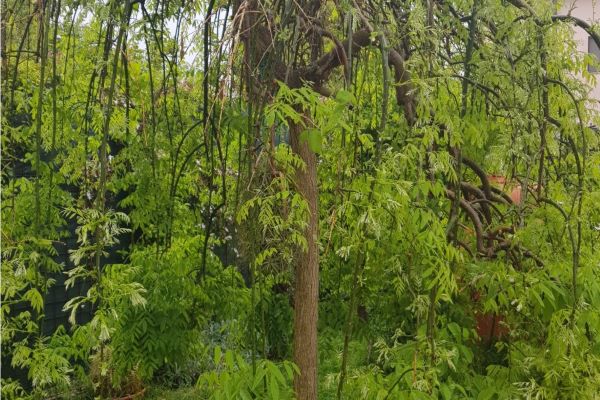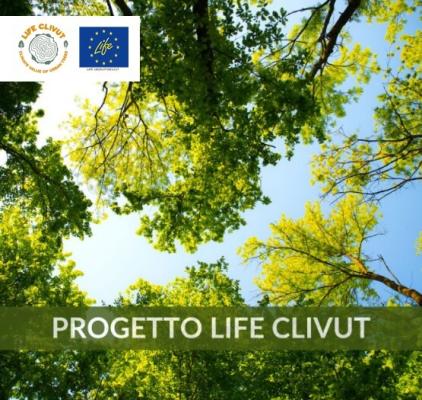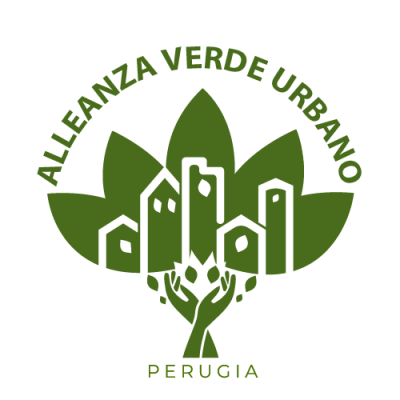- Email : info@lifeclivut.eu
News & Events
THE LIFE VALUE OF THE FOREST

The wild side, the natural side, the mystical and beautiful side of the planet is in the perception we have when we observe images of forests. They often inspire our dreams. The value of the forest for biodiversity or for the oxygenation of the planet is also undeniable.
Over the past decade, our dreams have “lost space” and life has “lost ground”. The WWF revealed in its most recent report that in the space of 13 years there has been a loss of 43 million hectares of forests in the world, blaming agriculture and livestock, which destroy forest spaces for cultivation and grazing.
This problem is clearly more visible in South American countries. The report considers twenty-four critical deforestation points in the world, nine of which are located in Latin America, eight in Africa and seven in Asia. About half of the forests in these areas of the planet have suffered a degree of degradation that makes it much more susceptible to destruction by other factors, such as fires, as reality has been proving in recent years. With the destruction of the forest, many animal and plant species are driven to extinction, condemning biodiversity, increasing carbon emissions and also potentiating the spread of animal diseases to humans. Besides that, the economc value of the forest (Pearce, 2001) it is going to be afected (Krieger, 2001), confimed by the more recent literature (Apsalyamova, Khuazhev, Khashir, 2015).
This vision confirms, a UN report dated September, warning of the fact that, in 20 years, between 2000 and 2020, 100 million hectares of forest have disappeared. The solution seems to be to drastically and immediately reduce the consumption of products that amplify this reality, especially the reduction in animal protein in the human diet, as recommended by WWF. A supranational management of the world's forest heritage is imperative for the survival of Man and of the Earth.
Published January 25th.
























